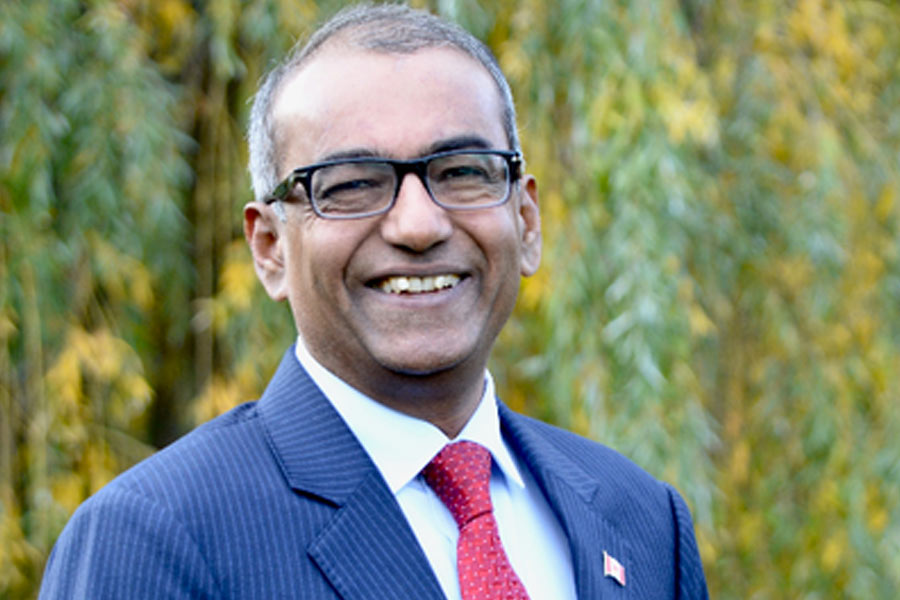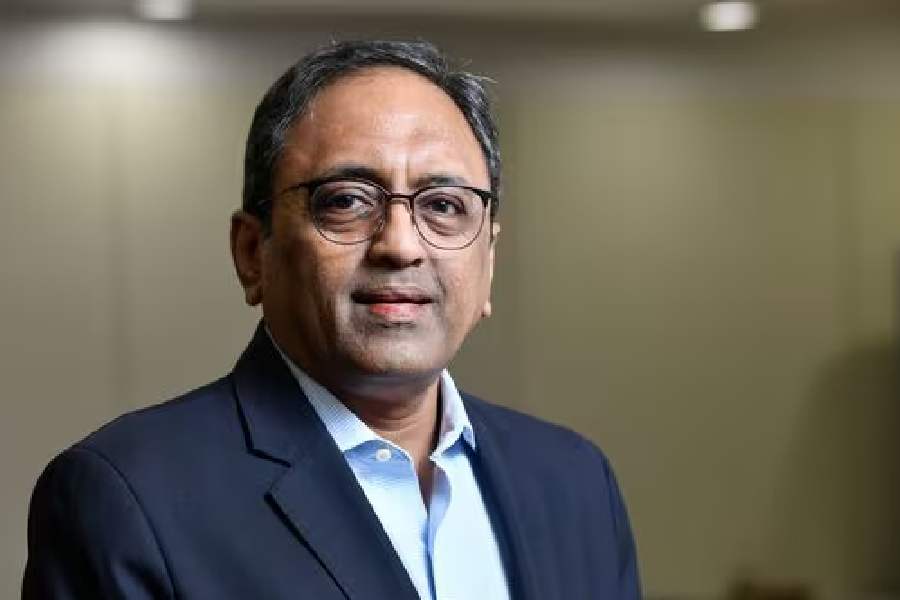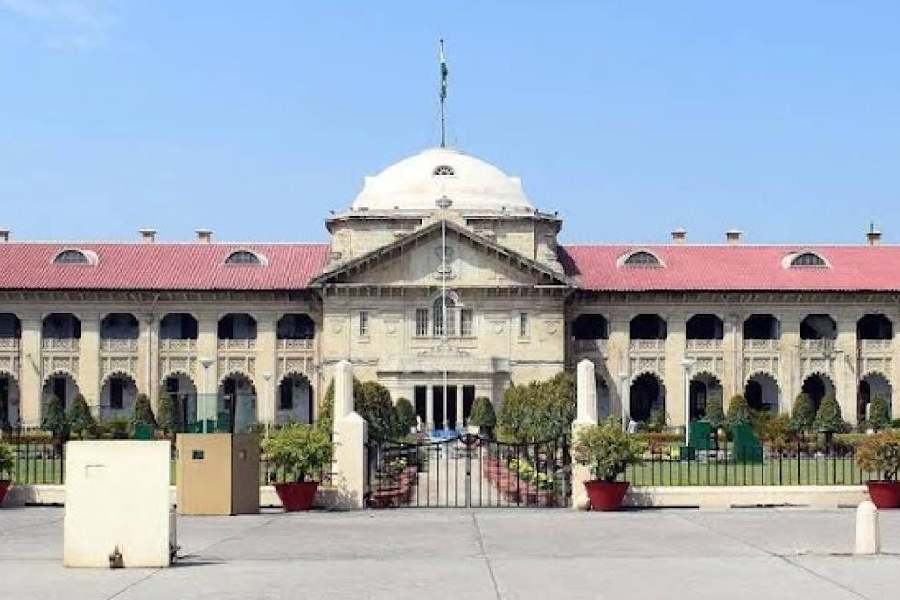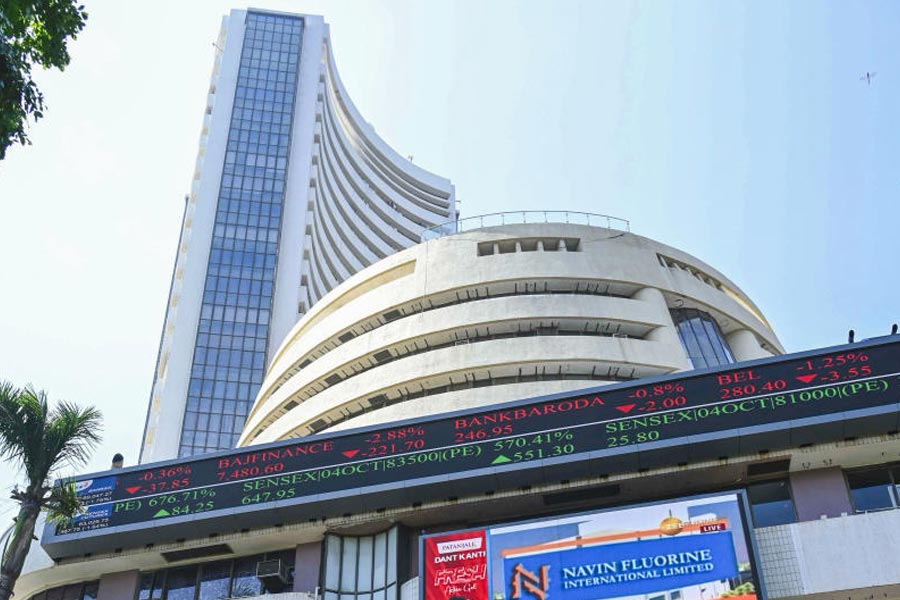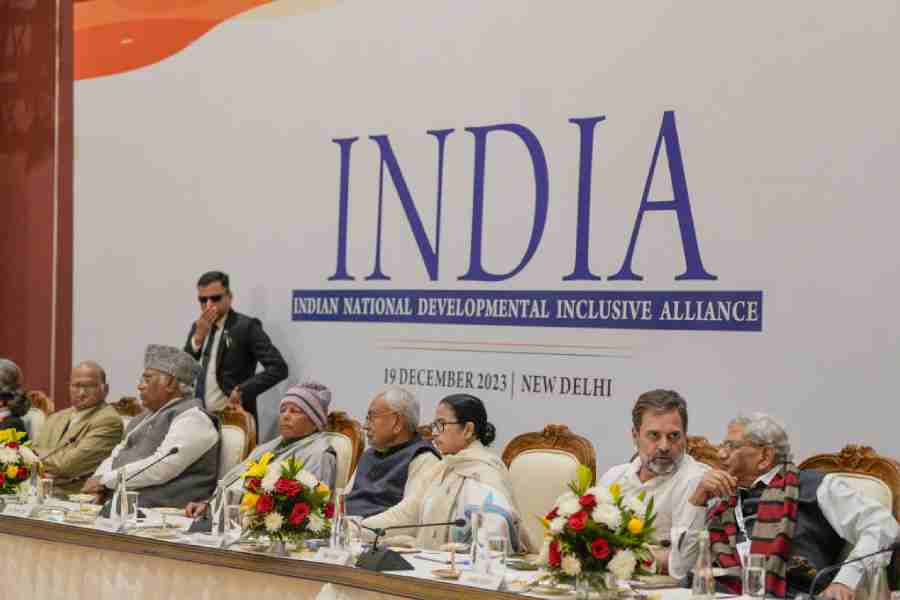My grandfather’s favourite story was the ‘Old man and the marriage procession’. In this tale, a marriage ceremony was to take place, but the condition imposed by the bride’s family was that no old person should accompany the procession to the bride’s home. However, an old man accompanies the procession to the bridal home. He helps the members of the procession meet the challenging conditions laid down by the bride’s family — each member, for instance, was to eat a hundred melons — and the marriage is eventually solemnised with the old man being given all the honours. The moral of the story is that one cannot discount experience over youth.
This holds true for the workplace too.
We have a statutory age for retirement in the government and the public sector and a cooling-off period for some services prior to taking up commercial employment after retirement. However, post retirement, most people sit at home. According to a report by the Seventh Central Pay Commission, there were 8.67 lakh personnel (26%) in the age bracket of 40-50 years and 9.48 lakh personnel (29%) in the age bracket of 50-60 years as on January 1, 2014, of which approximately 3% are in Group A. Therefore, around 26,000 Grade A officers will be retiring by 2024-25. As per the Public Enterprises Survey 2020-2021 report, there are 2.31 lakh executives in public sector enterprises and assuming the direction of CPC data, it can be estimated — conservatively — that 25%-26% of them will be retiring in the next 10 years.
We, therefore, have a pool of experienced scientists, engineers, geophysicists, statisticians, business analysts, project managers, administrators and others available year on year, each having an average of 35 years of experience and a residual working life of 15 years, for the taking with only marginal adaptation investment. There are elderly people who want to contribute to society. They rely on friends and associates to look for employment after their retirement. A few manage the transition successfully, but most are left unemployed.
The defence services have a Directorate General Resettlement for the purpose of registering for re-employment with an age bar. There is also the employment exchange to connect job-seekers with employers, but these are largely limited to government jobs.
A portal named SACRED — Senior Able Citizens for Re-Employment in Dignity — was launched by the ministry of social justice and empowerment on October 1, 2021, but has low footfall. What is required is a portal like LinkedIn that can serve as an effective digital marketplace for retired persons to offer their services for prospective employers. There is an urgent need to design a fee-based portal that aggressively promotes itself in industrial business spaces to attract talented, elderly workers. The number of retired people willing to seek re-employment is not insignificant. Even if a quarter of them are willing to pay a fee, the annual revenue generated by such a portal could make it sustainable. Subsequently, a success fee could also be levied on organisations that hire elderly personnel.
A database of senior citizens willing to work can be made available to both public and private organisations for optimum utilisation of their specialised skills. A register accepted and recognised by the market, not a sarkari one, would serve the purpose the best. This is an idea whose time has come.


